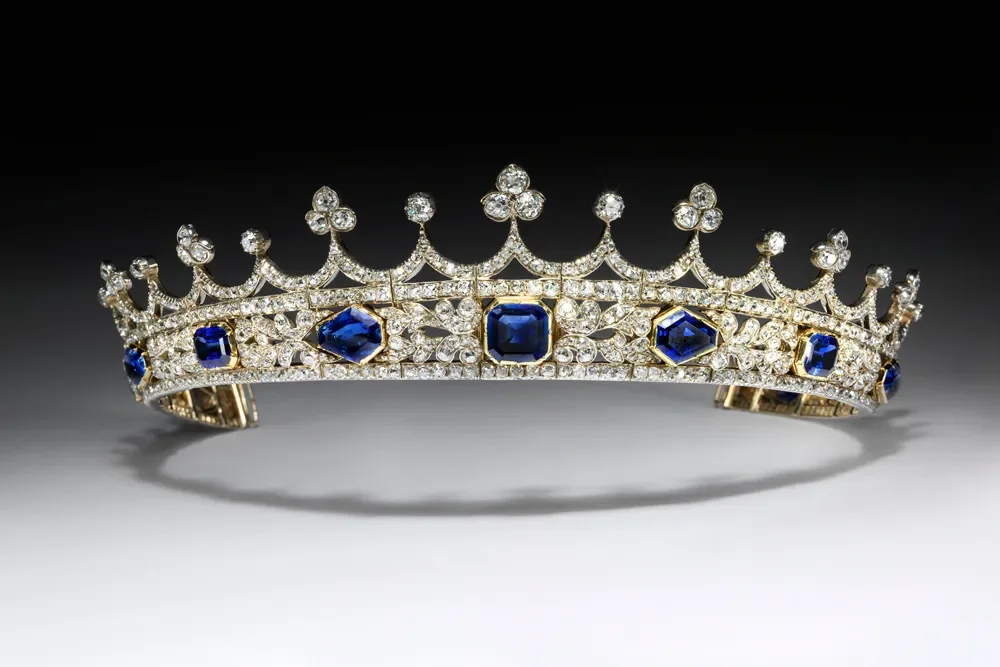Mellerio dits Meller, Jeweller of the Second Empire
The jewels of Mellerio dits Meller will take center stage at “The Spectacular Second Empire: 1852-1870,” an exhibition dedicated to this rich period in French history, opening at the Musée d’Orsay on September 27.
During the period, Mellerio counted among its clients Emperor Napoleon the third and his wife, the Empress Eugénie, as well as Princess Mathilda of Spain and many aristocratic families in France and Europe, but also writers, composers, actresses, and socialites. On display, as part of a general exhibition on the period that will include paintings, sculptures, and objets d’art, will be 35 Mellerio jewels, mainly coming from the maison’s private collection.
The display will showcase several pieces, inspired by nature, which during the period was represented in a more naturalistic way, based on herbariums put together by Mellerio designers, including a stunning purple lilac brooch, first unveiled at the 1862 Universal Exhibition of London. The life-size gold, diamond, and enamel piece perfectly imitates nature with different shades of enamel to render the buds and the flowers and a guilloche technique on the leaves creating an illusion of wilting.
In their drive to imitate natural movements, Mellerio created jewels with cascades of flowers and foliage and also patented the application of a flexible stem for the mounting of stones that allowed to represent wind movements.
One of its emblematic flowers, the wild rose or eglantine which only blooms once a year, first appeared in 1830 and was regularly used in creations like the tiara of wild roses and laurel branches presented at the 1867 Universal Exhibition in Paris and bought the following year by the King of Italy, Victor Emmanuel II for his future daughter-in-law, Margherita de Savoie.
Another emblem of the house is the peacock feather, which first appeared in 1867 in a brooch with emeralds, sapphires, rubies, and diamonds, with a flexible stem to enable the oscillation of the barbs of the feather. That brooch was bought by the Duchess of Medina Coeli with Empress Eugenie ordering a second version.
The jeweler created many pieces of transformable jewelry with ingenious systems that turned brooches into pendants, tiaras into hair clips — tiaras were undoubtedly the centerpieces of jewelry collections during the Second Empire, but they were only worn at important occasions. Mellerio also perfected a technique of articulation for bracelets using springs and hinges that enable the bracelets to adapt to be worn on the wrist but also on the upper arm as in antiquity. The technique was used for snake bracelets and others set with precious stones.
The exhibition « The Spectacular Second Empire: 1852-1870 » will run until January 16.
SHOP THE STORY (MELLERIO JEWELS)






